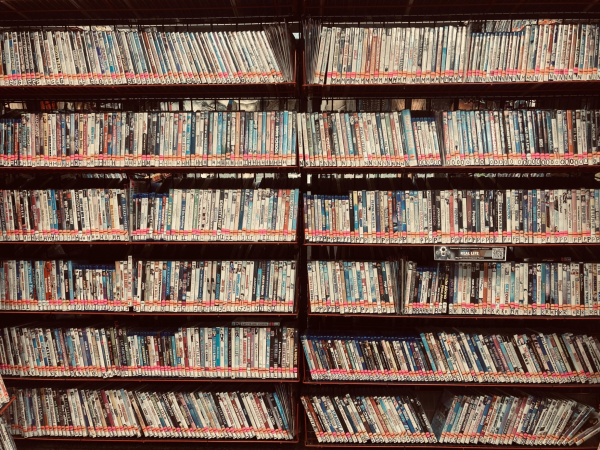
When I was 11, I decided to read through the reviews for “The Princess Diaries 2: Royal Engagement.” At the time, it was — and still is —one of my favorite movies, and it brought me joy in a way no other movie had. I was excited to see what professionals thought about this movie that I loved so much. I was immediately shocked that it only had 26% on Rotten Tomatoes, and the reviews confused me more. All of the things I treasured about the movie — the enemies-to-lovers banter, incredible wardrobe, chemistry, charm, lovable characters, and satisfactory resolution of each character’s plotlines — seemed to be appreciated by no one else. People online described the movie as shallow and badly written, which made me feel stupid for liking it.
I’m fully aware that I watched this movie for the first time as a child, when I wholeheartedly believed that no man was more beautiful than Chris Pine in 2004. I watched it before I was on platforms that reviewed or rated media, and didn’t watch it critically, just happily. Peter Debruge, chief film critic at Variety, loves the first Princess Diaries, but has “no memory” of watching the second one. However, he says that in his many years of reviewing, he has “always believed that every movie is somebody’s favorite movie.” Debruge explains, “Yours is a valid response, and my job as a critic is not to make you feel worse for your take. That doesn’t mean that I need to go easy on things, but I feel like I need to respect not only the filmmakers who did something, but also the audiences that connect with it.”
About a year ago, I downloaded Letterboxd, and the reviews for “The Princess Diaries 2” healed something inside me. The two most liked reviews are both five stars, and I saw that hundreds of other people shared the joy I felt watching the movie. They weren’t critically analyzing, but rather celebrating what delighted them while watching — an approach to consuming film that can recenter enjoyment. The difference wasn’t just in the content of the reviews, but in the rating they assigned. Rating systems like the five-star scale measure the quality of everything from books to movies to restaurants, and they hold different meanings for everyone. Five stars could represent an exceptional movie, one that was just fun, or one that told an important story.
Those five stars can be seriously considered, or ironically given. They don’t measure a specific criterion, but represent a reviewer’s perspective on enjoyment, quality, plot, performances, and themes. “The main purpose of a rating system is to give an instant idea of what kind of judgment you’re passing,” says Debruge. “The problem for me, in general, is that it eliminates all nuance, and it puts everything on a kind of imaginary equivalency, when I don’t think any two movies are the same.”
Rating systems usually aren’t consistent, and everyone sees them differently. One person might feel compelled to bestow all five stars to the “Bee Movie” for its capitalist critique, dramatic courtroom scenes, and absurd levels of innuendo, while another might give it one star for being the most disturbing children’s movie ever made. Ultimately, the score or rating given to a film is guided by a feeling, not an elaborate rationale. “It really is a gut thing,” says film critic Ty Burr, who reviews for the Washington Post and authors the movie recommendation newsletter Ty Burr’s Watch List. “There is no science to it. There’s no methodology.” The actual writing of a review is where the insights and observations lie.
Of course, no person will approach every movie the same way. How, when, where, and with whom you watch a movie will always dictate your perception of it. “Everybody plays favorites, and everybody has bad days, and everybody has movies that go over their heads or movies that they’re going to overate for whatever reason,” explains Adam Nayman, an author and film critic who has written for a variety of publications, including pop culture website The Ringer. It’s important to remember that movie critics aren’t always getting to choose the movies they see, and they approach films differently than the average moviegoer does. “Critics see so many more movies than anybody else, and they’ve been doing it for years, and so they respond to originality because it’s different from everything else they’ve seen,” says Debruge.
The voices magnified in film reviews don’t always match the audience composition. A 2018 report by the University of Southern California analyzed the race and gender of writers whose reviews were included on Rotten Tomatoes for the top 100 films of 2017. They found that male critics authored 77.8% of reviews, while female critics authored 22.2%. Because many top reviewers are white men, the voices that analyze films made by or highlighting the stories of people from other backgrounds and cultures may not match the opinions of the main audience. Platforms like Letterboxd, where the majority of reviews are written by the general public, may give more favorable, though less professional, opinions overall. Nayman explains that when the reviewers of a publication are predominantly male, “There would always be implied condescension towards romantic comedies or women’s pictures. It becomes easy to say that the plot contrivances and cliches in those are bad, but in action movies, they’re good.”
Anna Smith, film critic and co-founder and host of the podcast “Girls on Film,” believes the purpose of film criticism is “to offer fair and well-written opinion from a position of experience and authority.” Because film critics have this expertise, their reviews can help you see things you may not otherwise, and understand the nuances and beauty of a story. Burr states, “A good review engages the reader but also gives them information and an opinion that they don’t have to agree with, but that they can triangulate off of.” Nayman, who regularly reads critics he disagrees with, explains that, “Disagreement is a good way to test your own opinion and make sure that it holds up. Sometimes it’s about changing your opinion, even an opinion that you’ve published.”
Writing reviews on platforms like Letterboxd can be a way to analyze and develop your own opinion or just share your thoughts with friends. “The idea that somehow thinking about what you’re enjoying makes you enjoy it less makes so little sense to me,” says Nayman. “The writing is evidence of enjoyment, it amplifies the enjoyment.” Reading reviews can also provide new insights into movies or help explain a film you might not understand.
In a digital age, it’s easier than ever to access a myriad of opinions, both ones that confirm and contradict our own. Movies are a way to expand knowledge, appreciate beauty, and experience joy, outside of any external opinions. Something as arbitrary as a star system should never take away the nuance or enjoyment behind a story, but taking the time to truly read the reviews of others can expand perspective and provide a sense of shared experience.



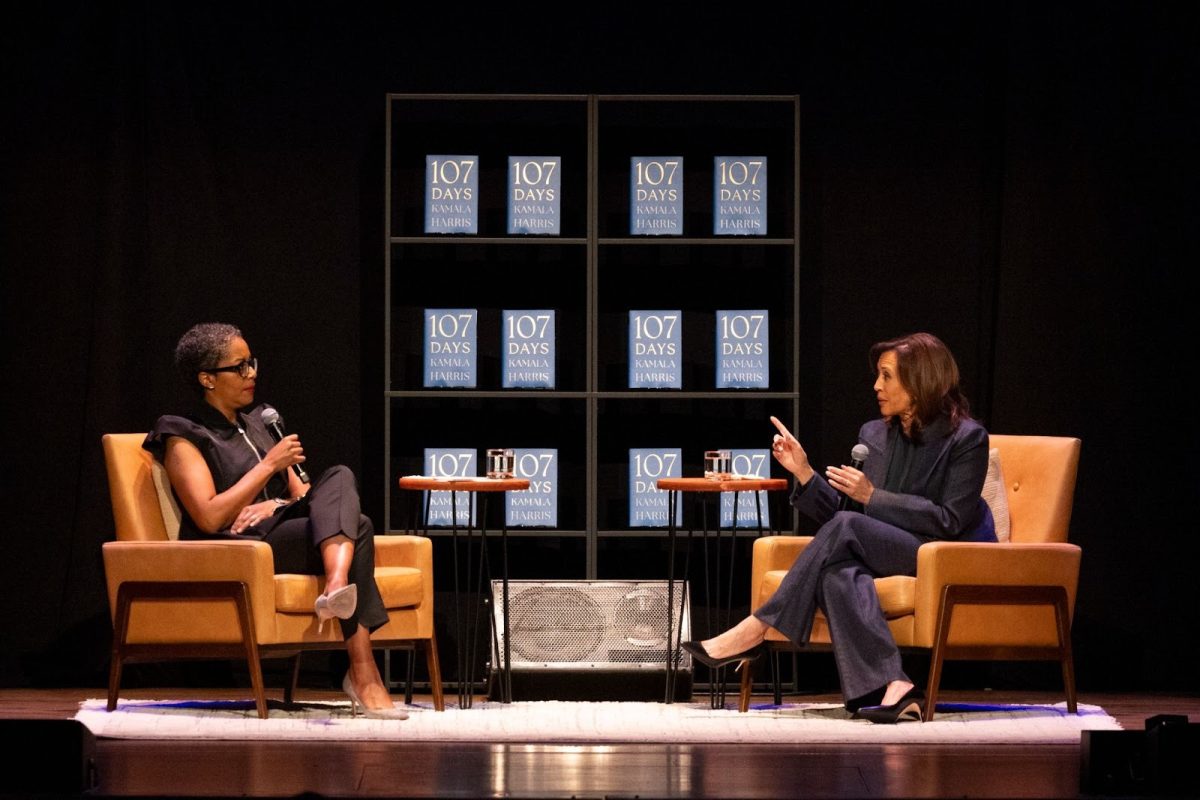




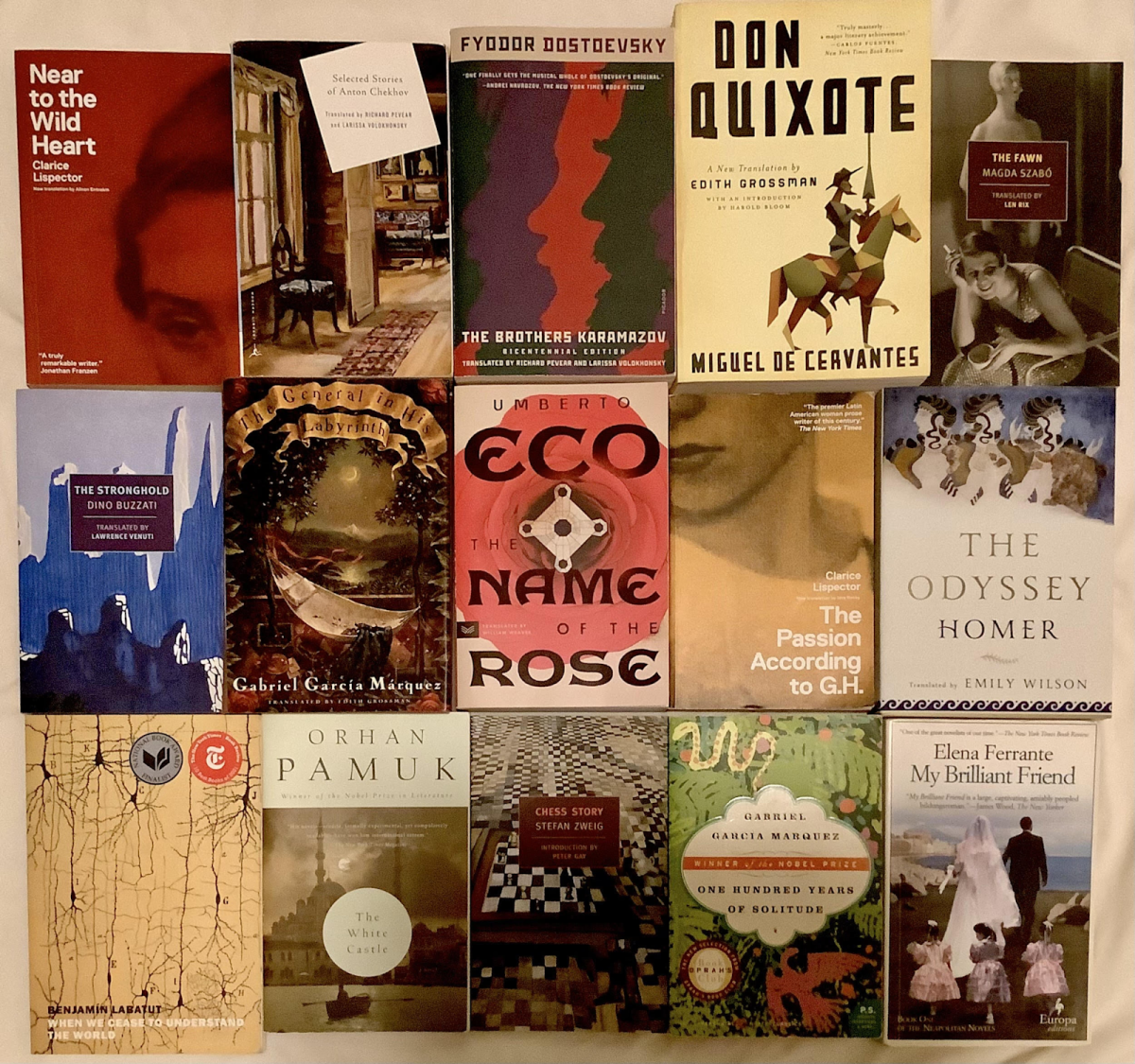




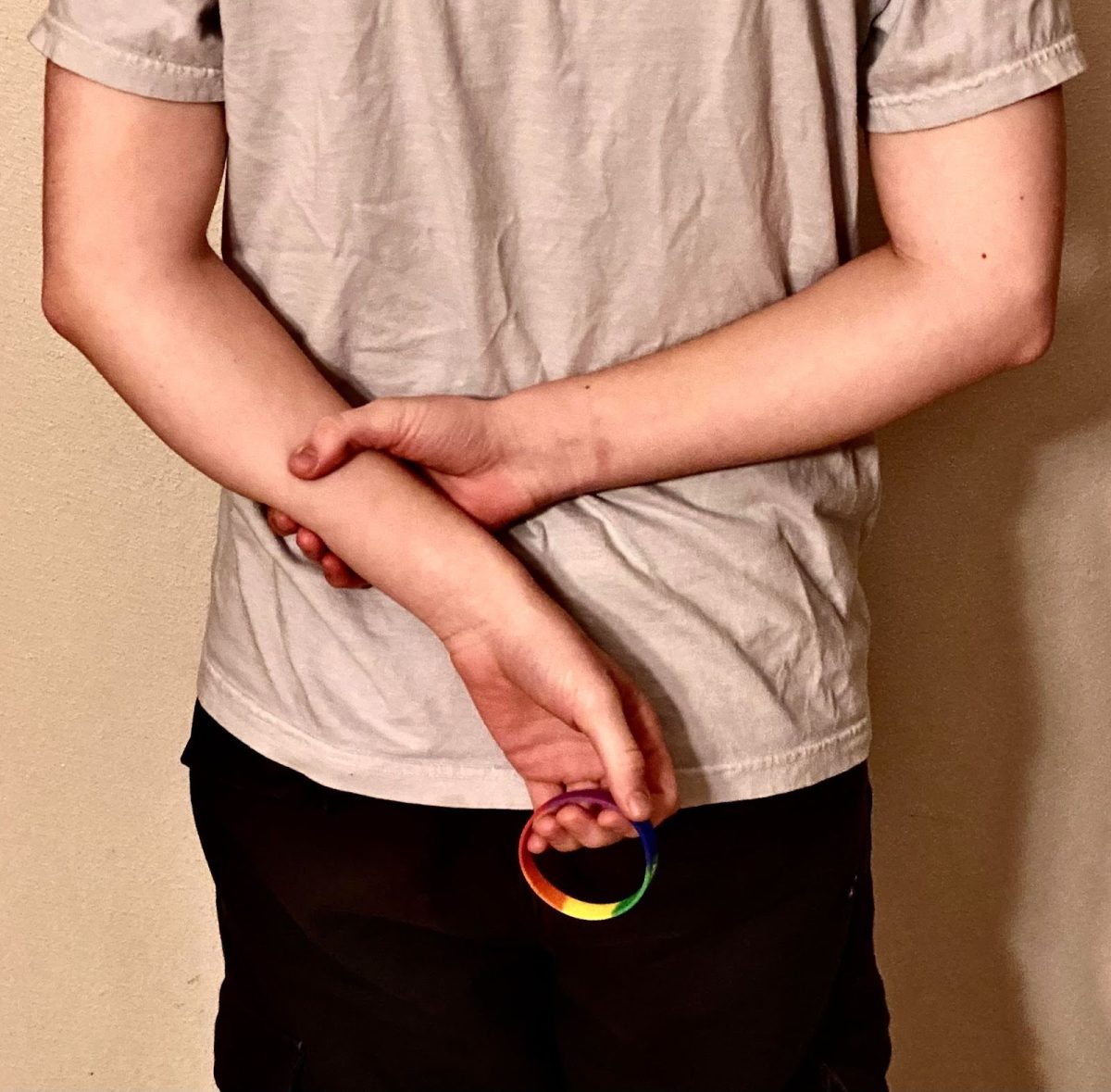







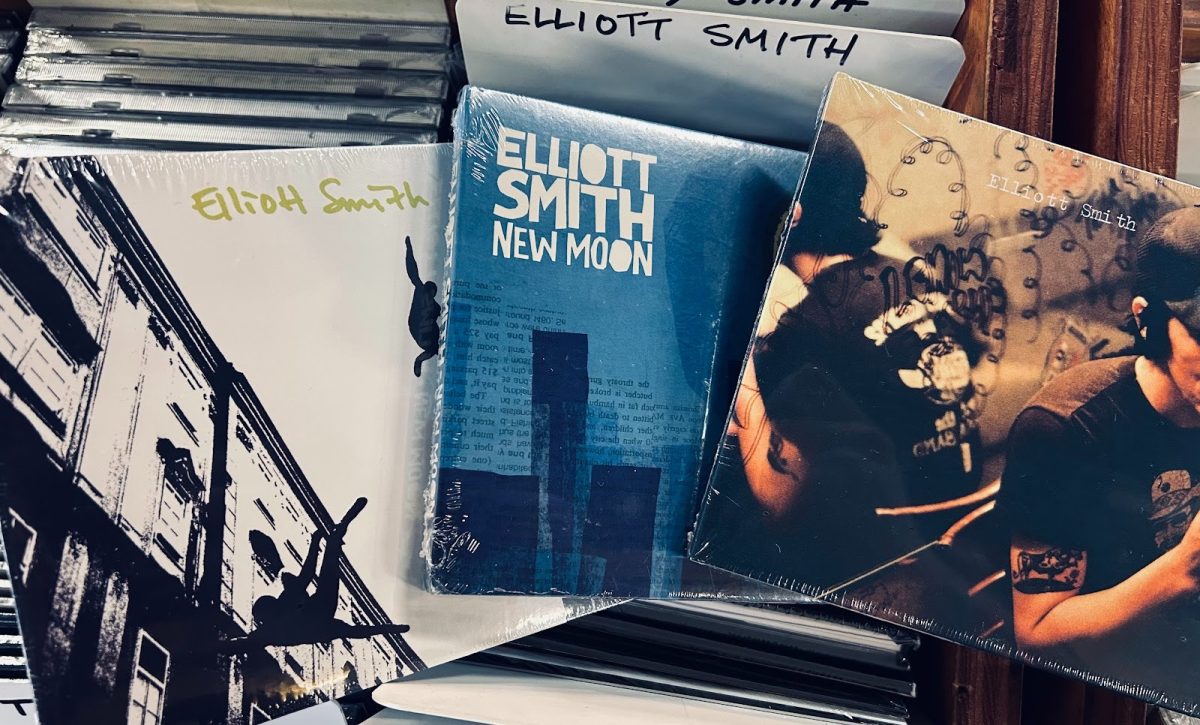

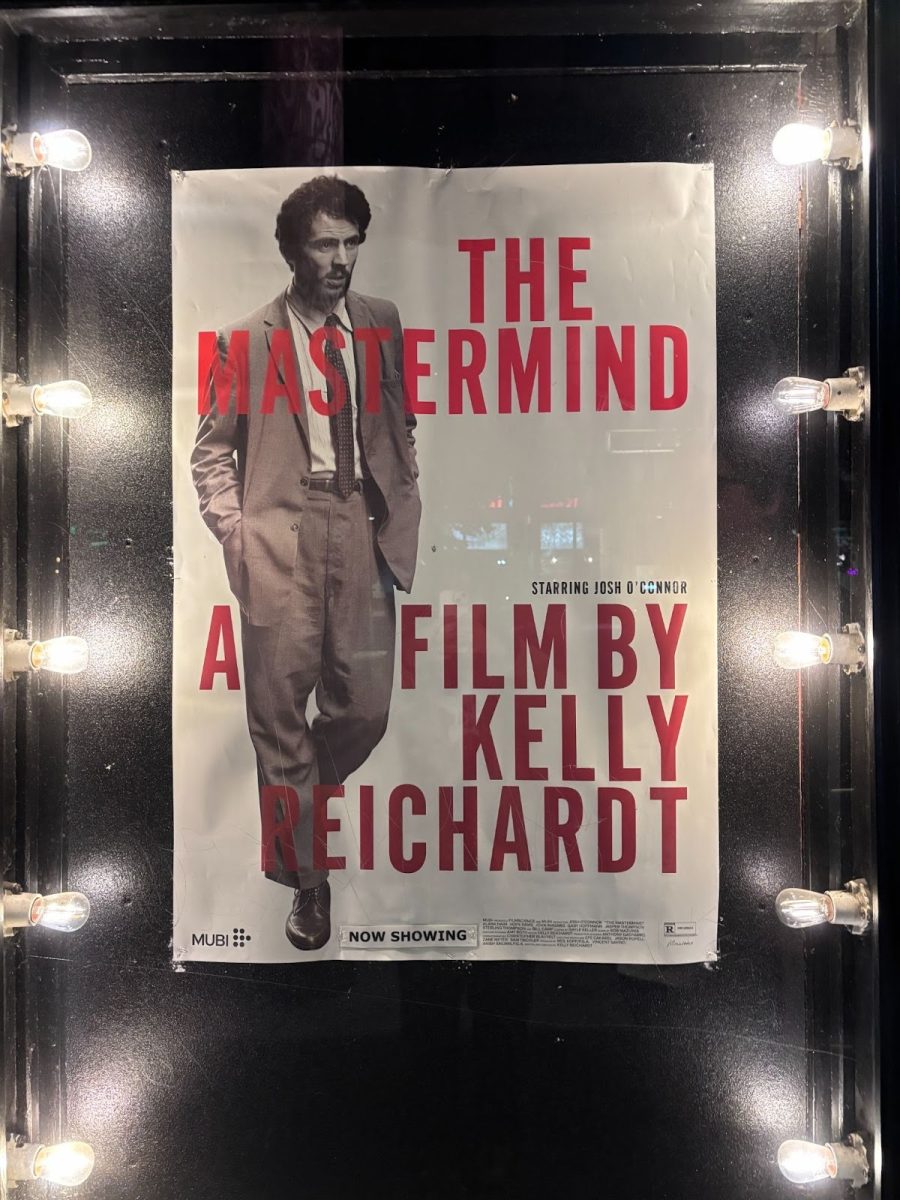







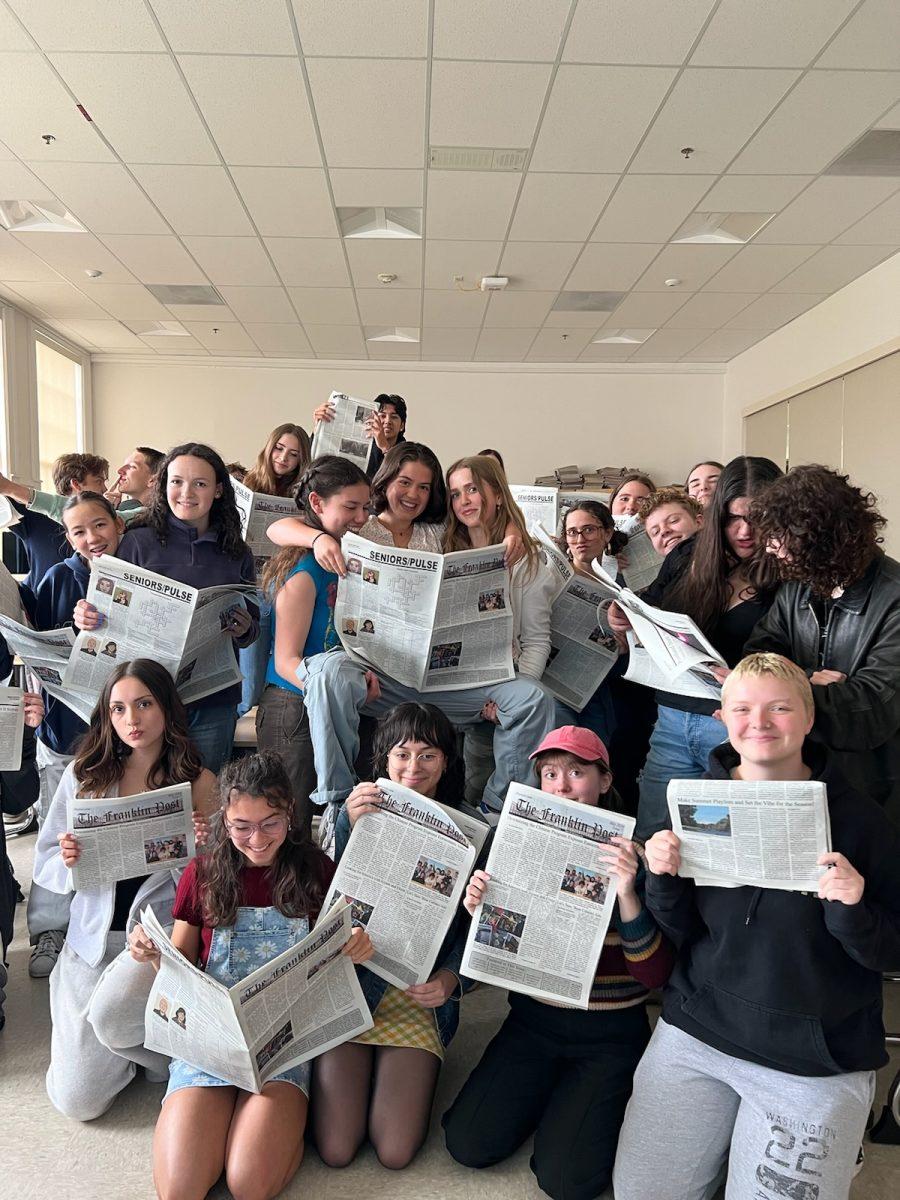
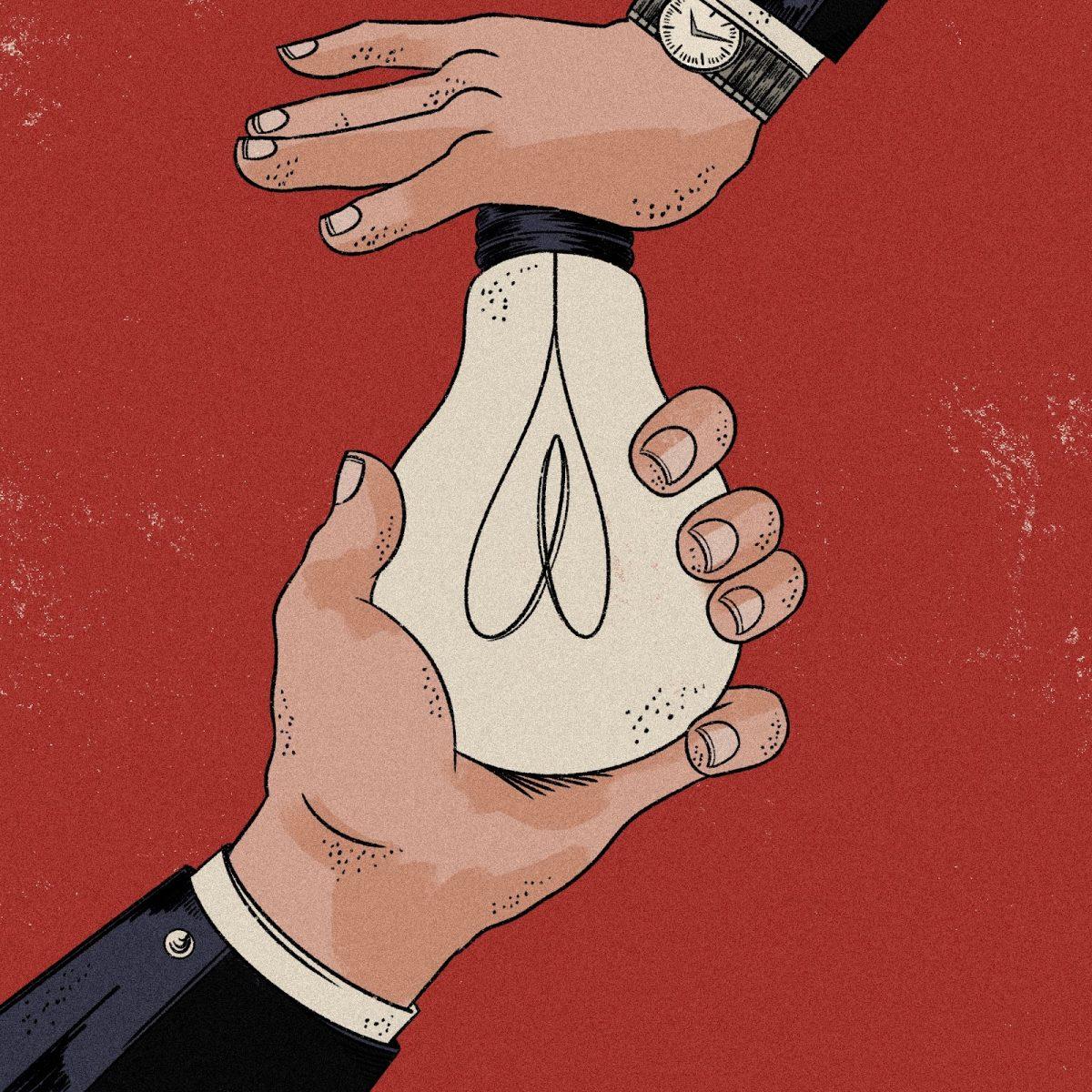


Dever O. • May 15, 2025 at 1:57 am
I loved this article.